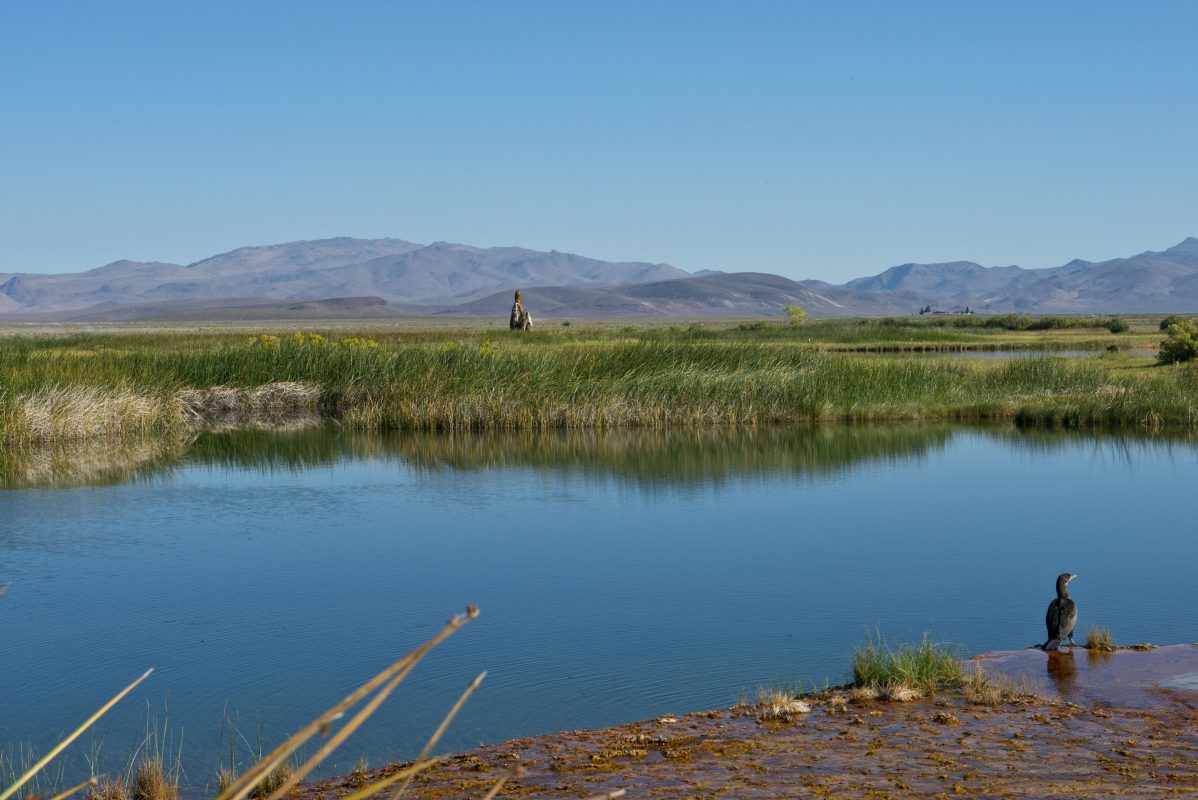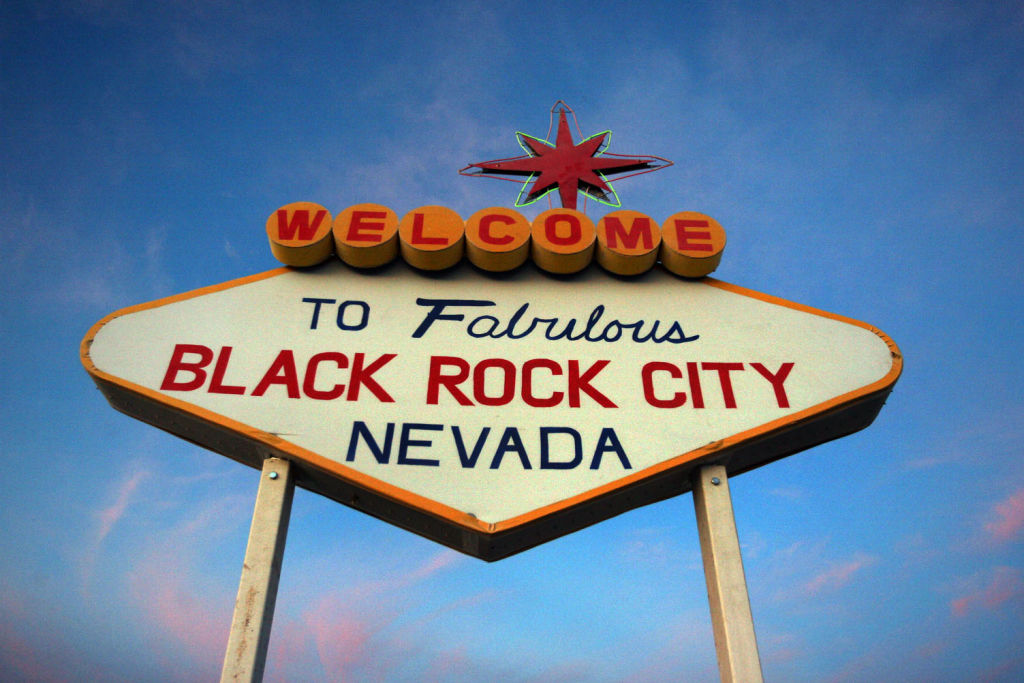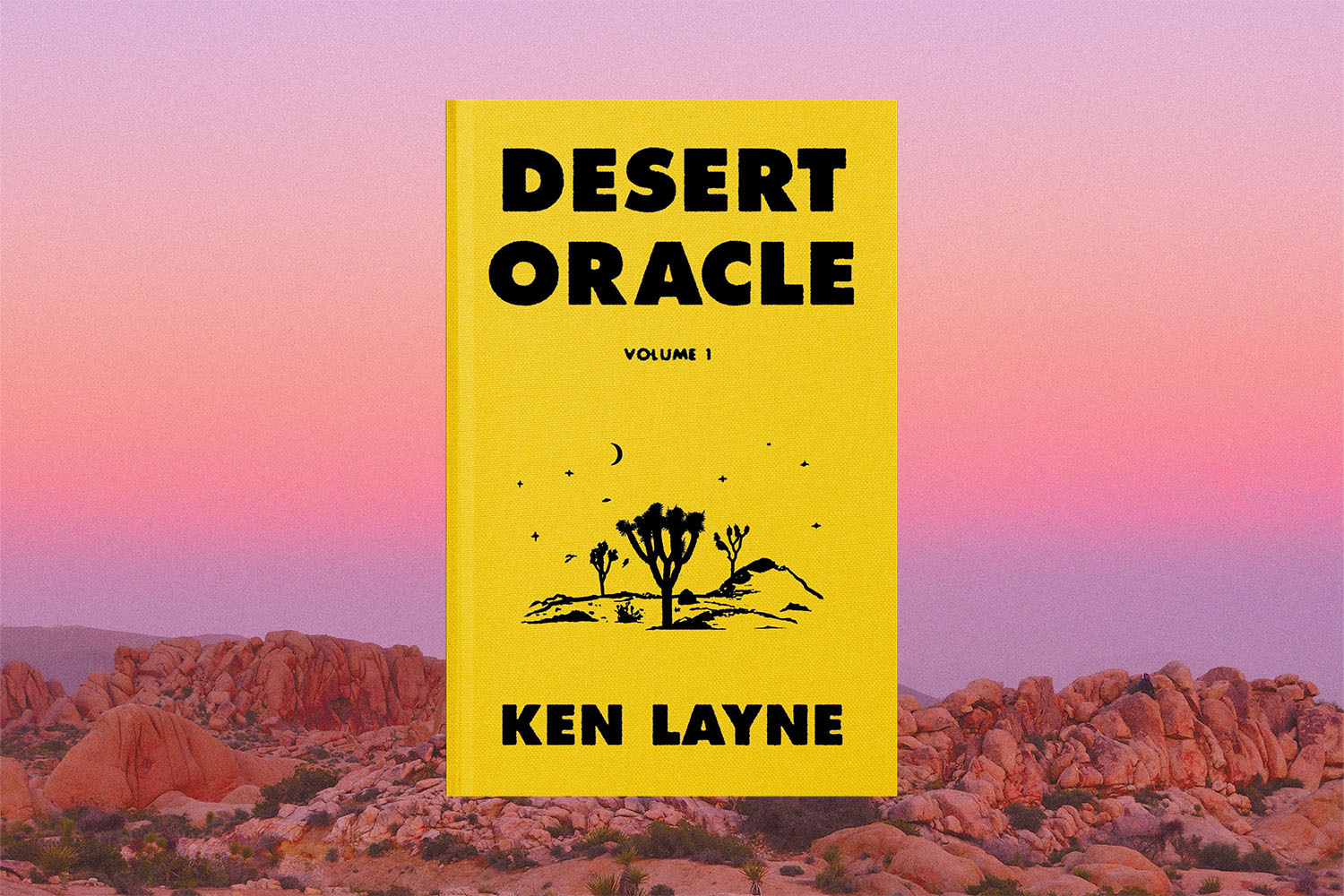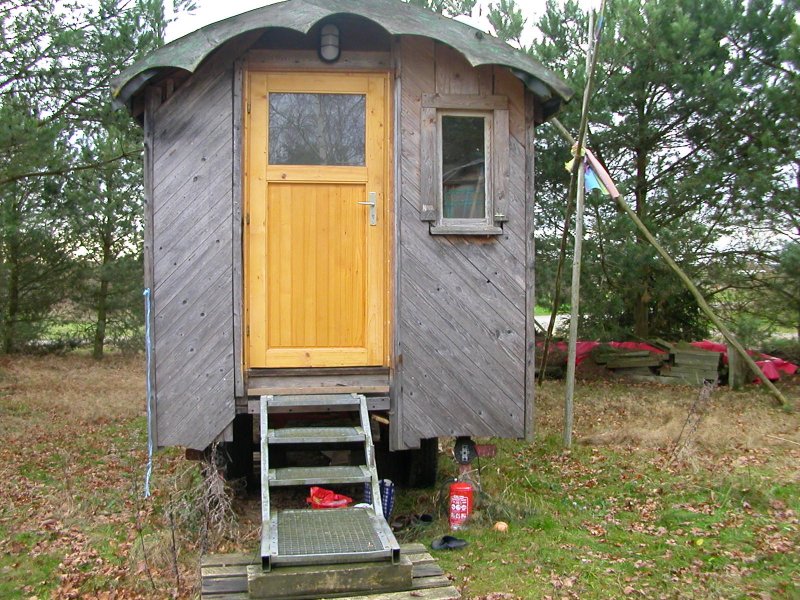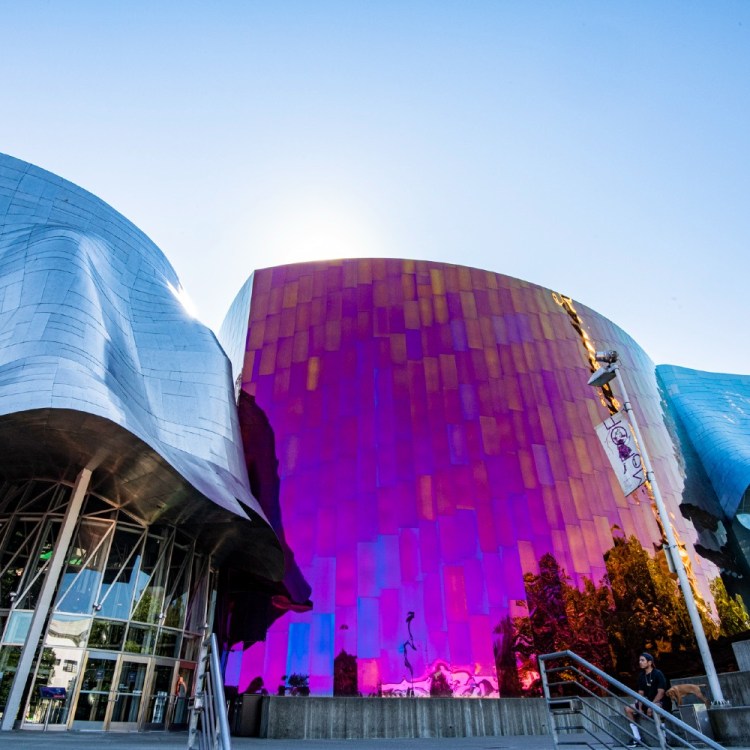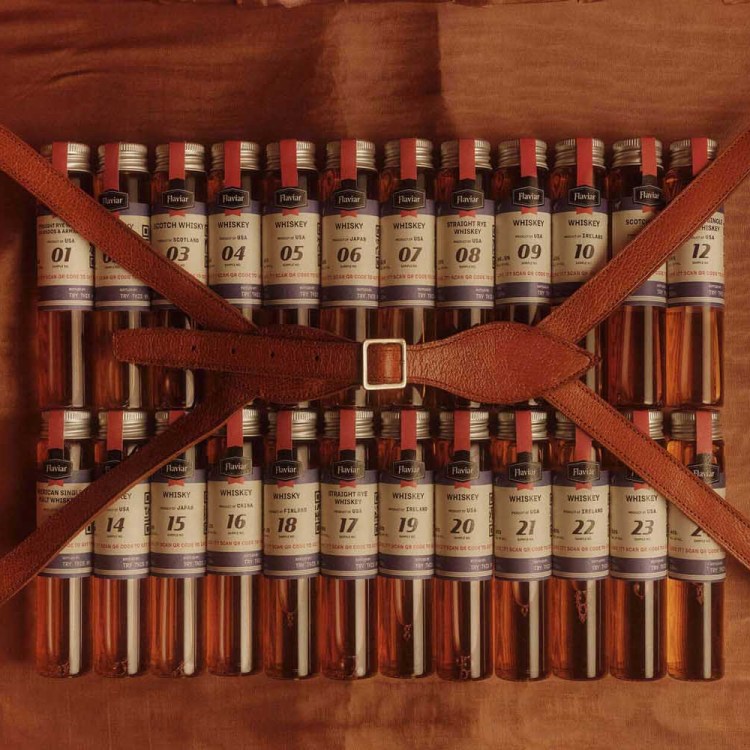The 2020 edition of Burning Man — the annual desert gathering in Black Rock City, Nevada — was canceled due to COVID-19, and this year’s event remains a question mark for the time being. But devoted attendees still have something to look forward to as The Burning Man project recently unveiled some possible plans for Fly Ranch, an off-grid, 3,800-acre ranch in the Great Basin.
Back in 2016, The Burning Man project purchased Fly Ranch for $6.5 million with the hopes of turning it into a year-round, permanent space for Burning Man culture and creativity. That idea eventually evolved into a collaboration with the Land Art Generator Initiative (LAGI) to come up with regenerative projects that could exist on the ranch. The goal, as Forbes notes, is to “prototype off-grid solutions for a post-carbon world.” Thus, the LAGI 2020 Fly Ranch Design Challenge was born.
As LAGI describes it, “Teams were asked to integrate sustainable systems for energy, water, food, shelter, and waste management into works of art in the landscape. The objective is to build the foundational infrastructure for Fly Ranch, support Burning Man Project’s 2030 sustainability goals, and engage a global audience to work together towards systemic transformation, and serve as an inspiration for the developing field of regenerative design.”
Eventually, they whittled it down from hundreds of applicants to 10 design teams, who will be given grants to build prototypes at Fly Ranch. Those 10 projects include Nexus, which “explores the design capabilities of Ferrock, a sustainable alternative to concrete that absorbs CO2 through the curing process of building components”; Solar Mountain, which “uses solar photovoltaic and recycled materials to contribute 300 MWh of electricity per year and interactive spaces for play and exercise”; and Ripple, which “integrates electrochromic glass, a bioceramic dome (Geoship SPC), seed bank, solar photovoltaic, cisterns, drip irrigation, composting toilets, and native restoration plants to provide shelter, food, medicinal herbs and teas, habitat enhancement, water harvesting, 36 MWh/year of electricity, and 40,000 liters/year of harvested water.”
You can read about the rest of the Fly Ranch projects here.
Thanks for reading InsideHook. Sign up for our daily newsletter and be in the know.
